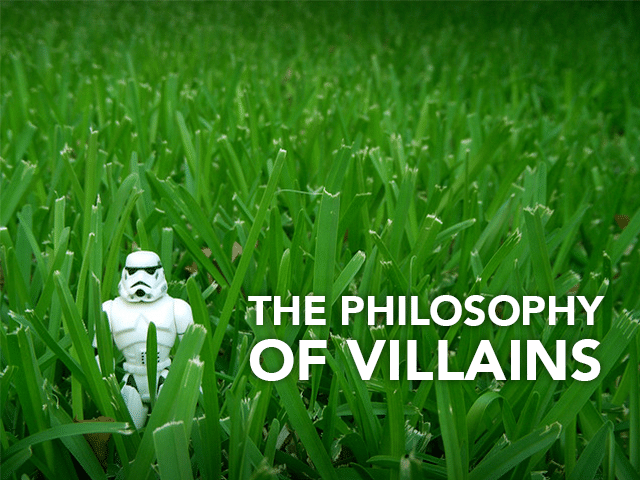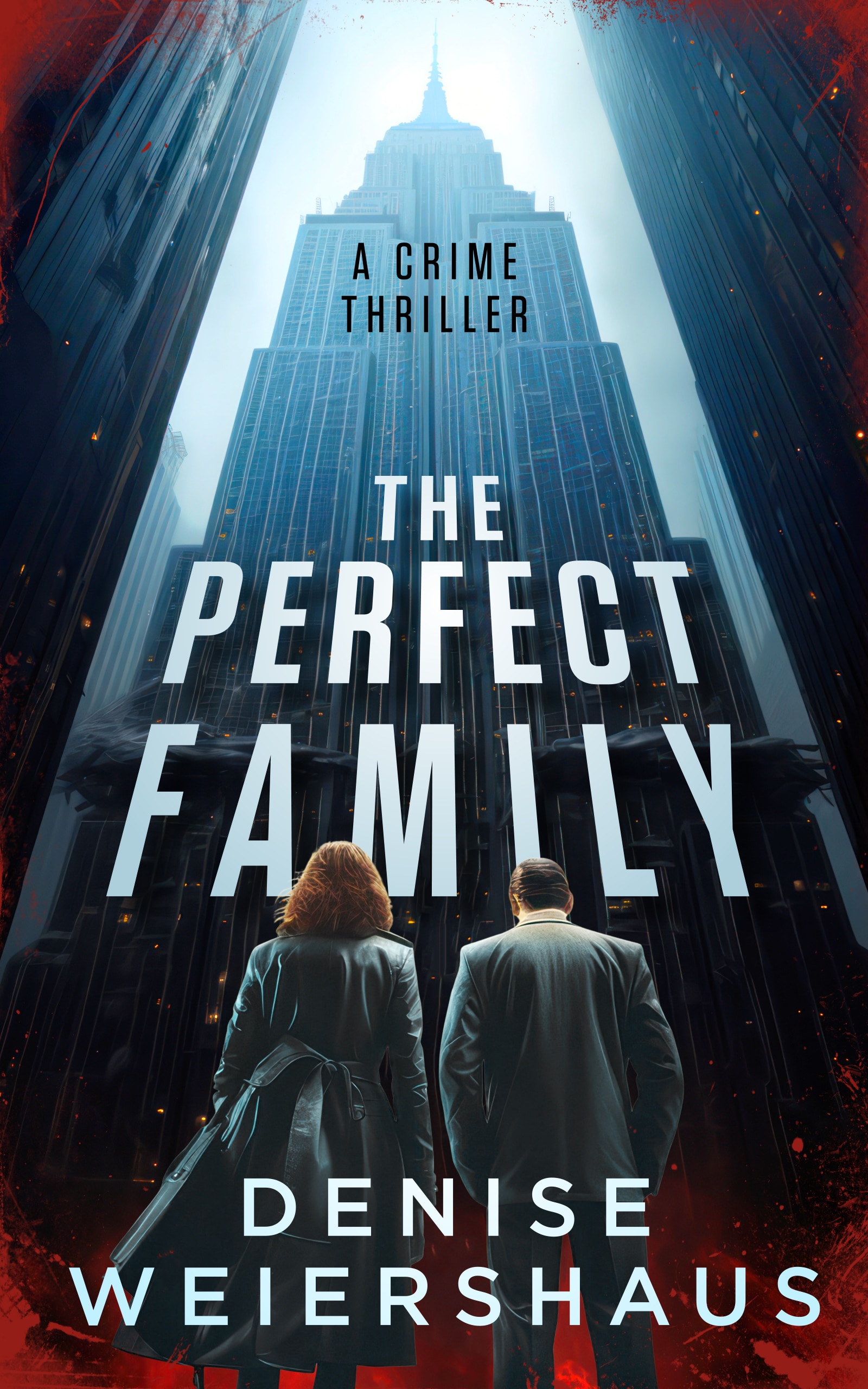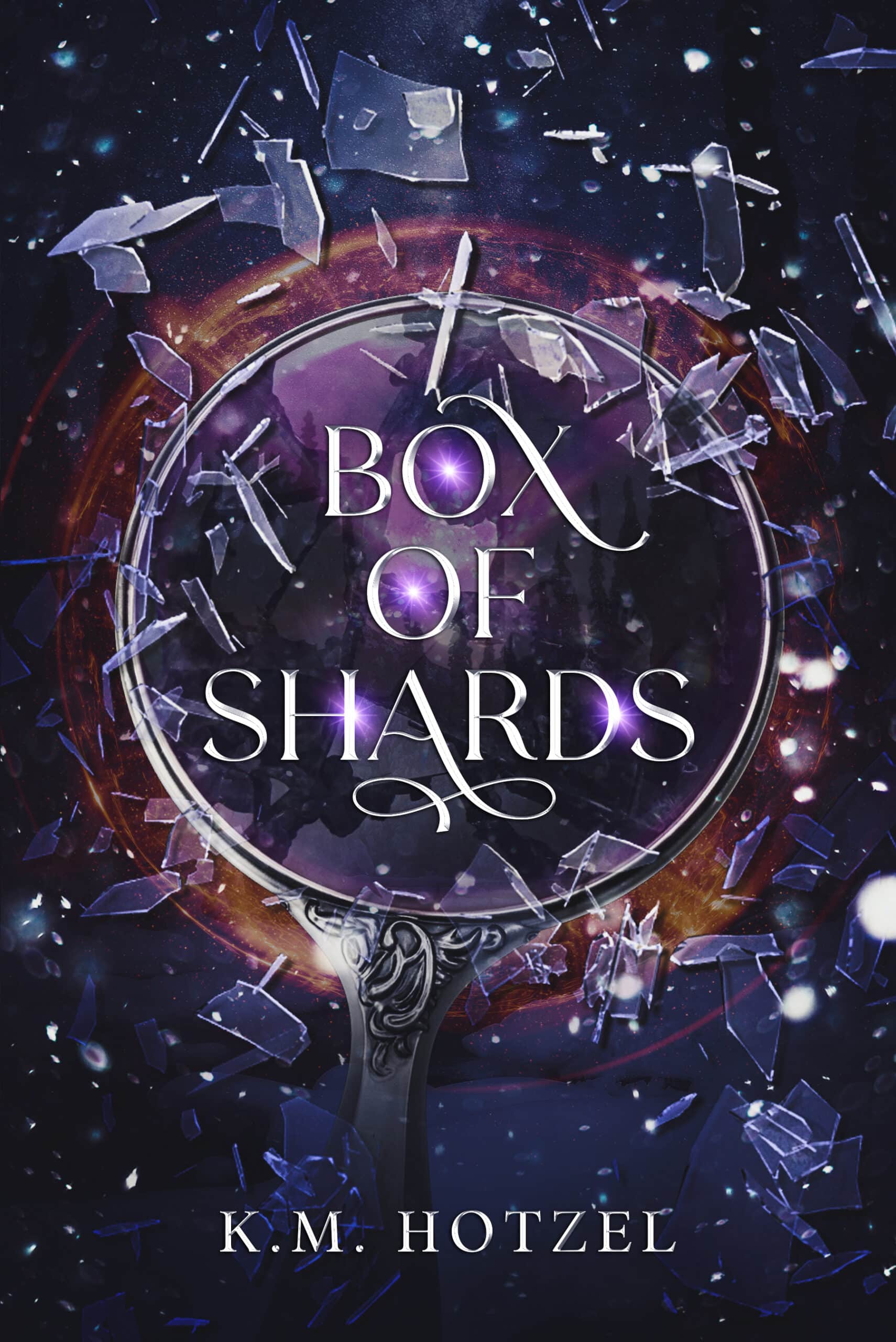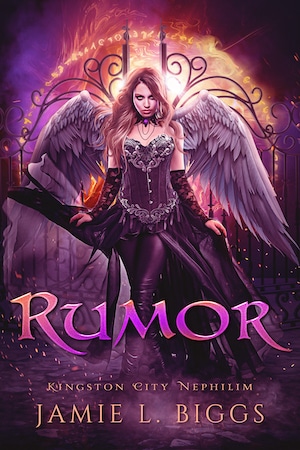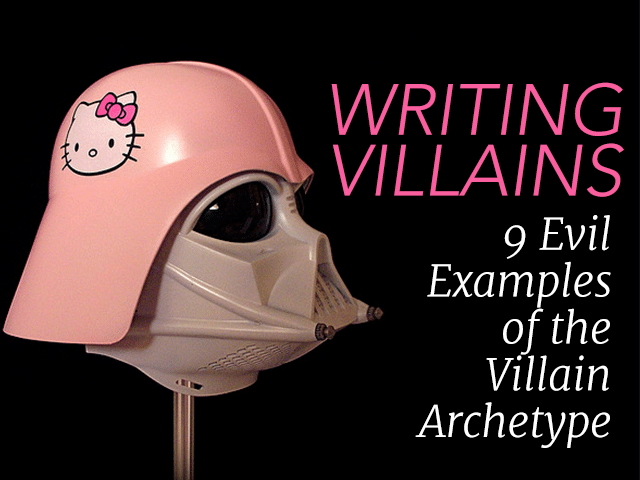
by Joe Bunting |
You’ve been told your story needs conflict. You’ve been told that each scene needs to have tension. You might have even been told you need to be writing villains, memorable antagonists that can supercharge your plot.
But unless you’re writing a fantasy novel, you might not be sure how to do this. You associate villains with Darth Vader and Jafar from Alladin.
What do bad guys look like in realistic literature?

by Liz Bureman |
So much of what most of us consider to be good writing requires the writer to create a believable scene and realistic characters—or if not believable and realistic, close enough so that the reader willingly suspends their disbelief. Today’s article and corresponding writing practice is all about throwing those rules out the window by writing about weirdos.
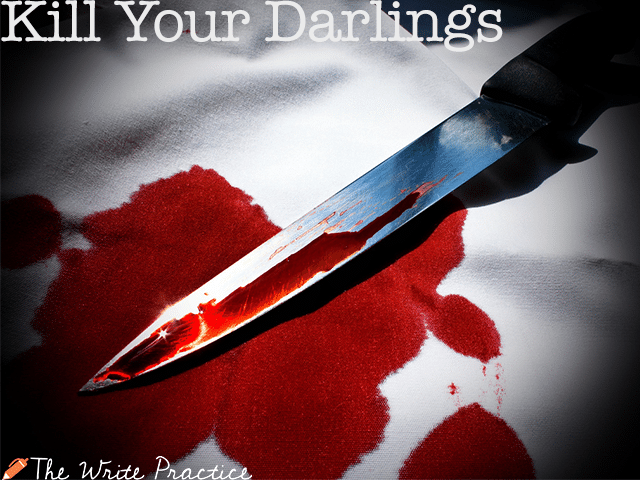
by Emily Wenstrom |
When writing a series (or even just a really long novel), at some point, the characters become known, their dynamics set, and readers can almost guess how characters will feel about a given plot twist before it happens. Fans go beyond love for characters and form deep connections … and expectations.
Some readers love to simply love their characters and enjoy their next adventure. But don’t discount the fun of killing your darlings to shake things up.
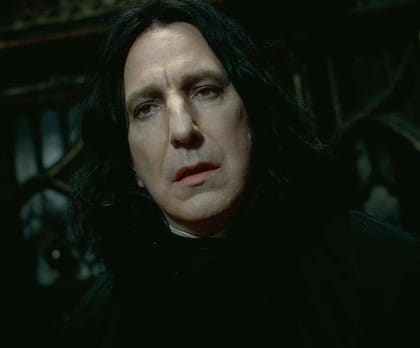
by The Magic Violinist |
Most writers (and readers) have learned by now that a good villain involves more depth than just a bad guy running around, trying to take over the world. But how do you do that?
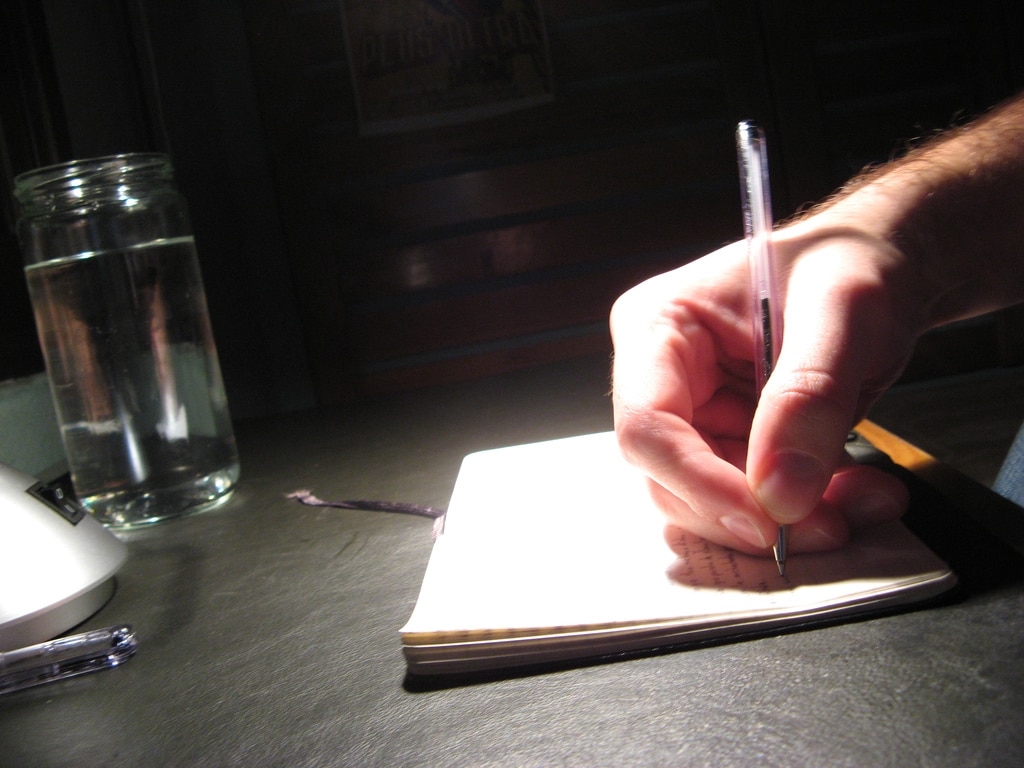
by Emily Wenstrom |
Every character and every world in every story has history. It’s part of the richness that makes your characters come alive. But how do you write backstory without overloading your reader?

